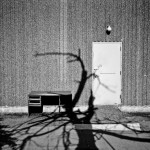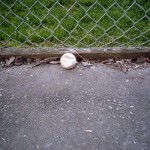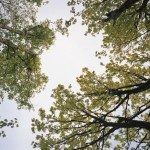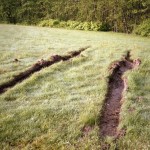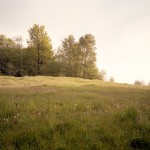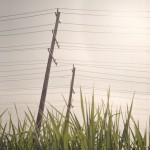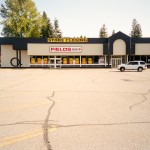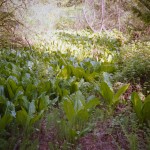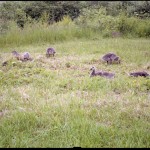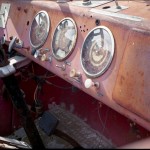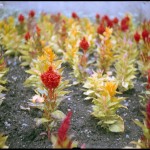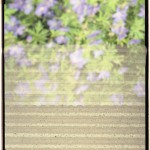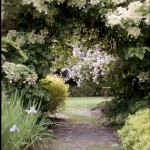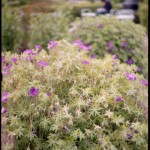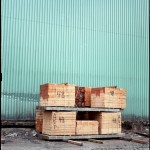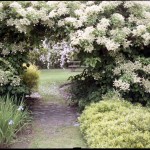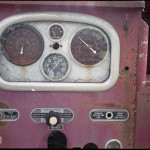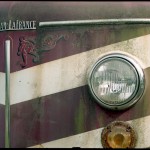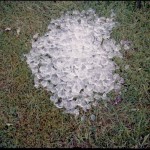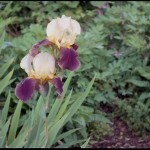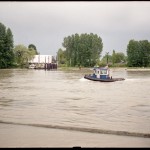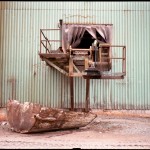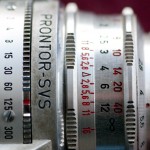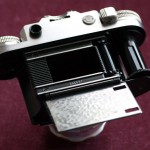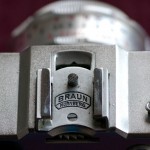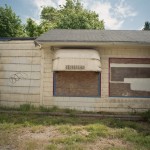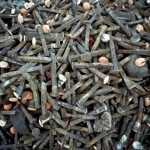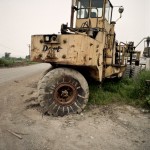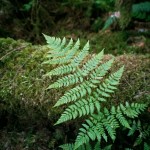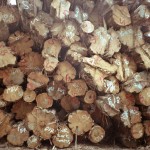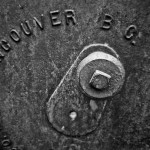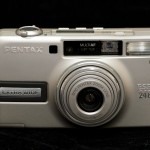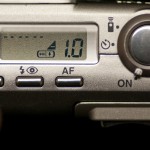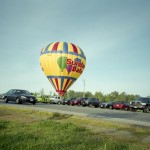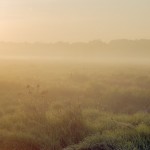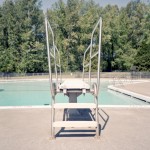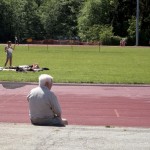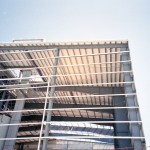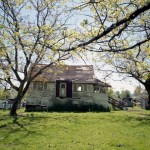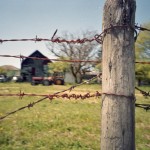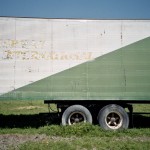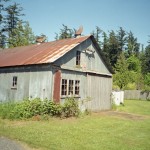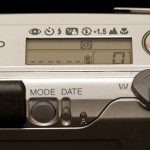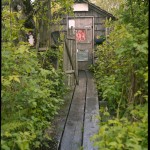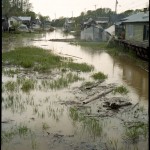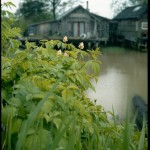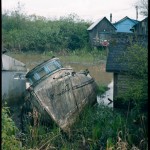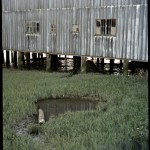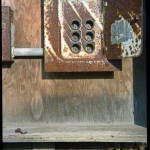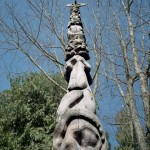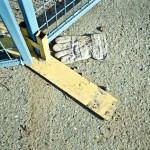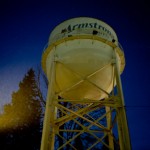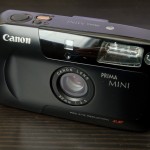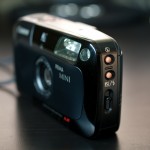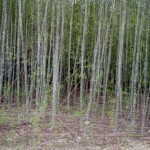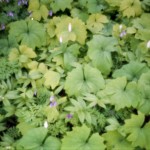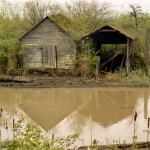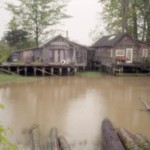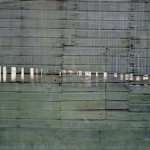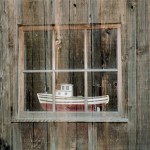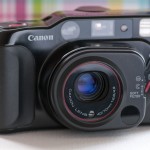Jul
15
2012
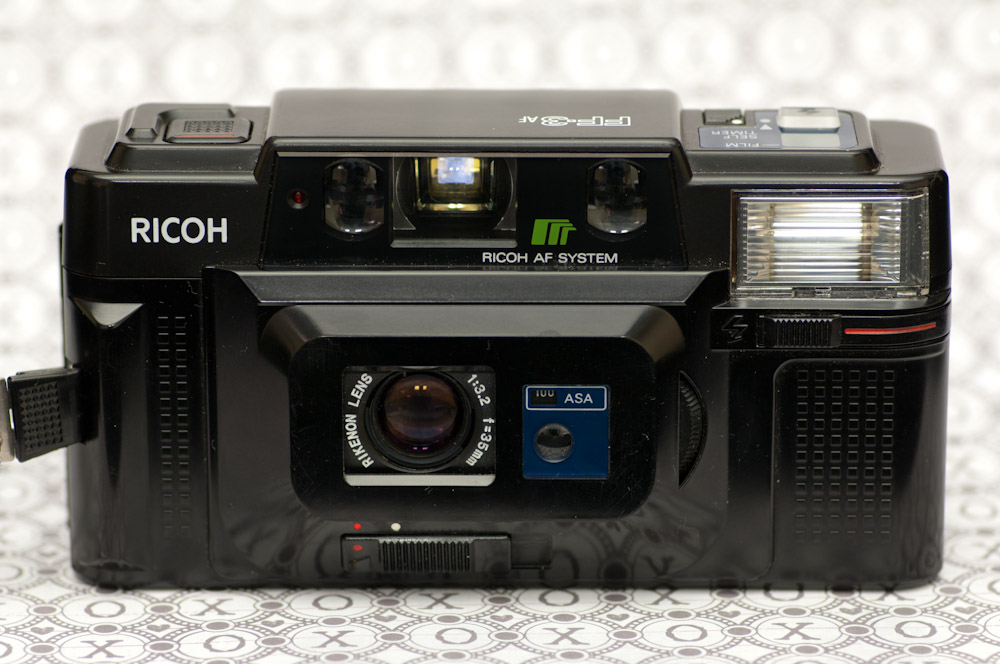
If the 1970’s were all about fixed lens rangefinders then the early 1980s were all about the 35mm auto-focus point and shoot. When I say 35mm I don’t just mean the film size either it was such a common focal length that it seems every camera maker of the day had one. So please forgive me for finding the Ricoh FF-3 to be just another of the many, such as the Yashica T series or the Nikon L35AF, Pentax PC35AF, Canon AF35M, it seems it was best to make sure that people could tell from the name that it was a 35mm lens and had that new fanged auto-focus thing. If anything the Ricoh is physically slightly wider than some of the other equivalent cameras of the day, but that’s not much of a difference.
4 comments | tags: camera, film, Ricoh | posted in Photography
Jul
8
2012
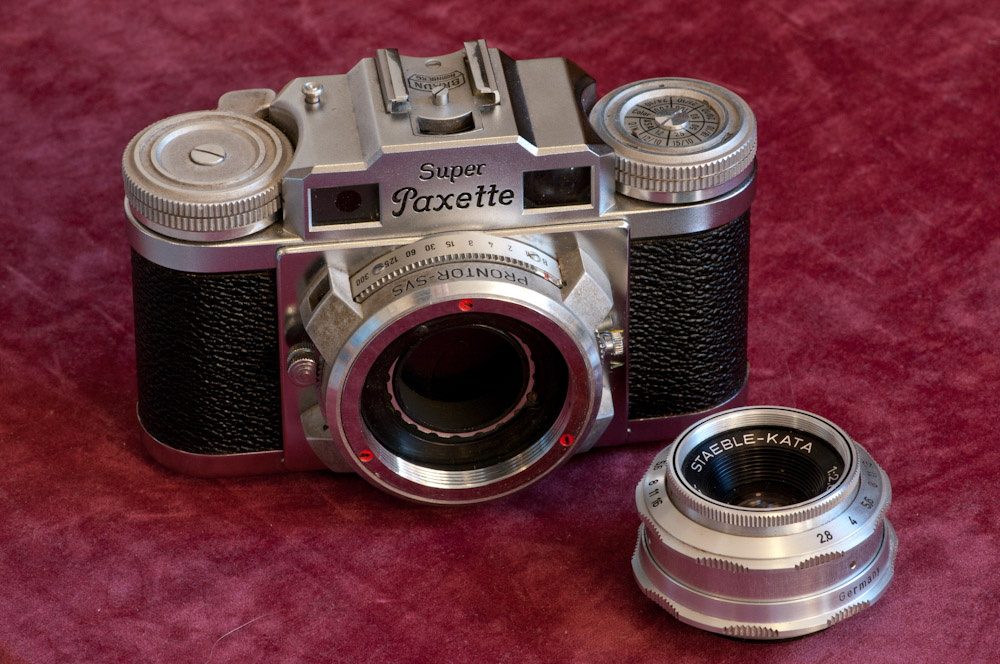
Here are a few more images from the Braun Super Paxette with the Staeble Kata 45mm f2.8 lens. A lens which seems to be looked down upon by the all knowing internet but I think does alright in most situations.
 f
f

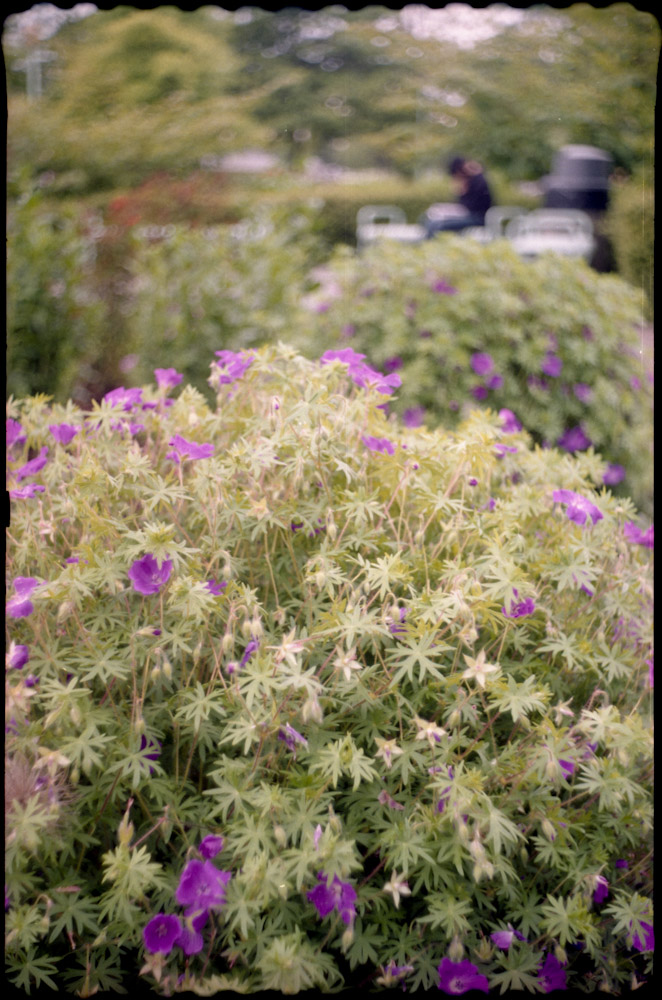
And finally the end of the roll where the film didn’t advance all the way causing the two frames to join together.
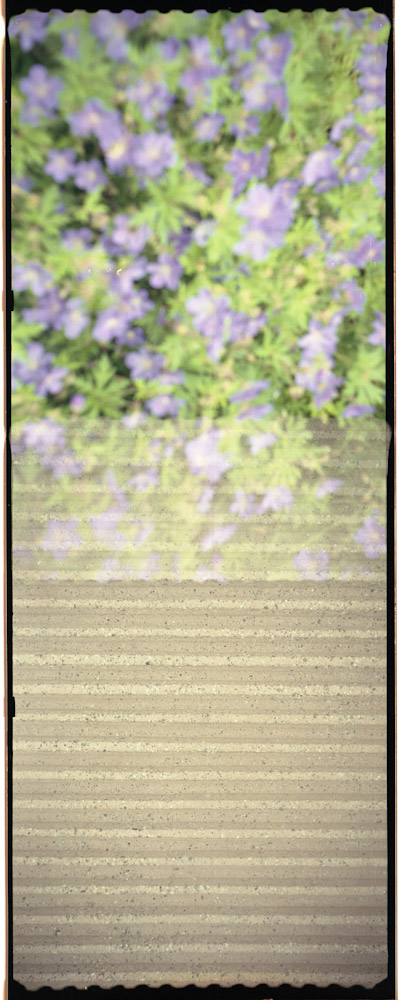
no comments | tags: camera, film, Paxette | posted in Cameras, Photography
Jul
5
2012

I love the little fringe the film mask on this camera creates, it makes the image look like a postage stamp. I’m kidding of course about not cropping but I do think it’s important to use as much of the negative as possible and it’s good practice to be aware of everything in the frame. I’ve written about this camera previously, a couple years ago, and that can be found here Super Paxette. I would like to add though how fun this camera is to use and I mean that in comparison to all other cameras not just as a nostalgia thing. It’s diminutive size really lends itself to being carried in the palm of your hand instead of around your neck.

You can see here how the ten curved apperature blades help form a resonably round aperature opening at f5.6
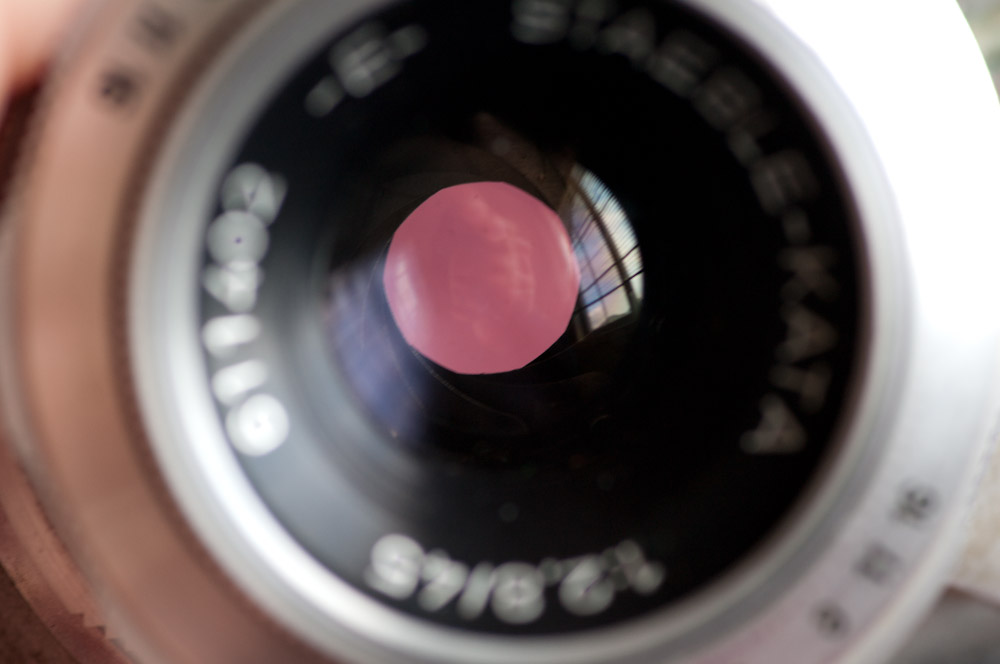
Sitting behind the lens the leaf shutter displayed here helps keep this camera quiet and also, as with all leaf shutters, it produces little to no camera shake. This is because the blades have very little weight and the symmetrical opening and closing cancels out any directional momentum. The top speed of this camera with it’s Prontor-SVS shutter however is limited to 1/300 sec

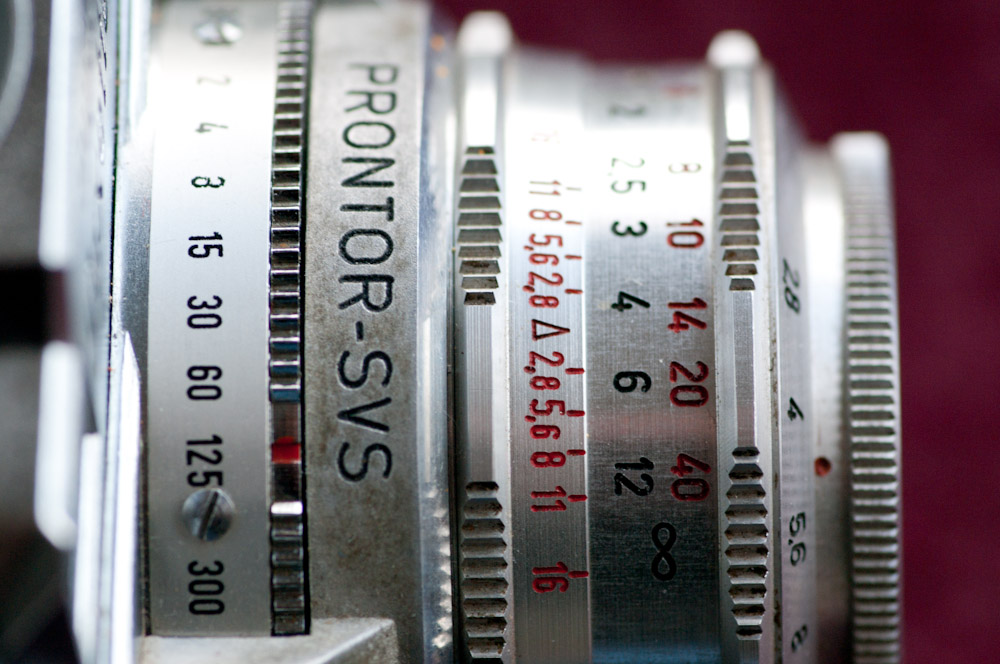
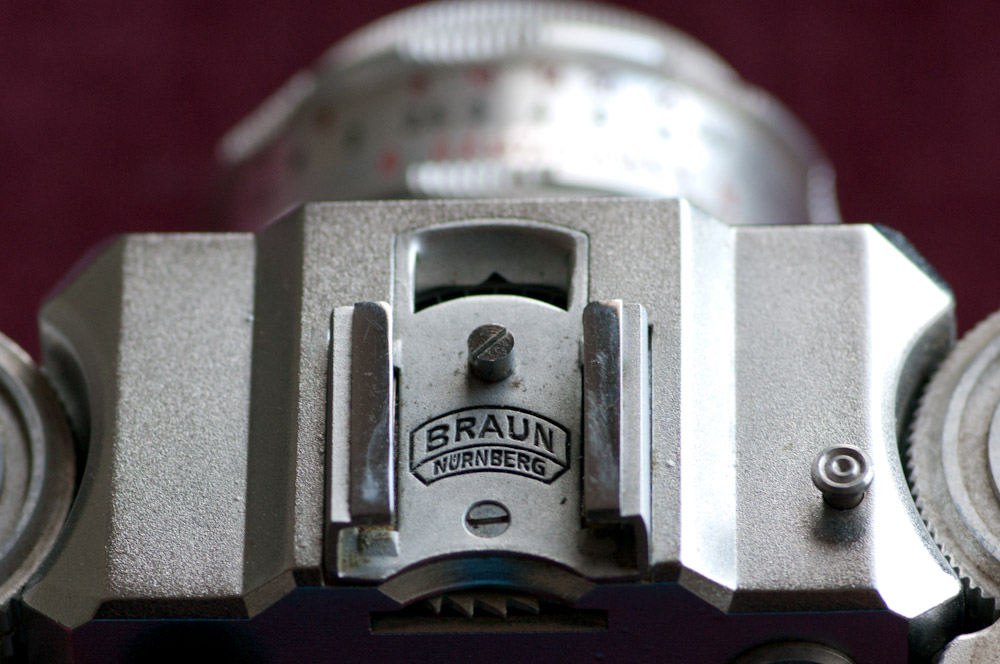
1 comment | tags: camera, film, Paxette | posted in Cameras, Photography
Jul
2
2012
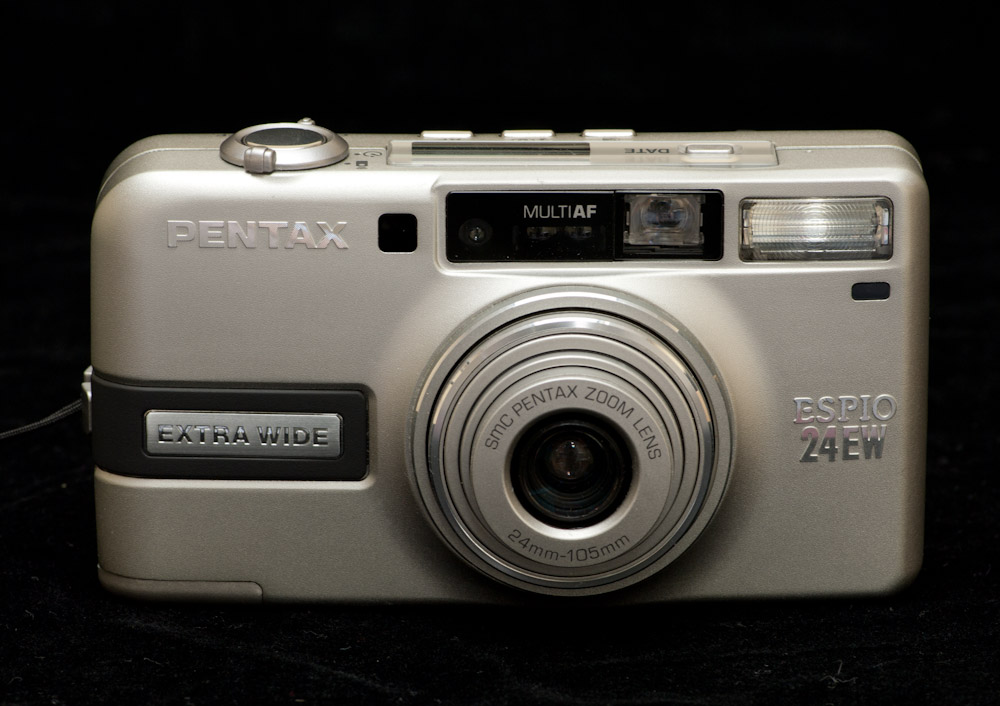
I didn’t christen it the ewwwww that came courtesy of Duncan Turner. The primary and interesting feature of the 24EW, and what helps gives it its name is the 24mm at the wide end of the lens. The EW [pronounced /u/w/] actually stands for Extra Wide but that’s hard to miss on the front anyway. Very few other fixed lens film cameras have anything this wide. Released in 2003 it is also one of the last film cameras that Pentax produced as they were already well on the transition to digital. As with cake you can’t have it and eat it too and the inedible part here is the distortion that you get from the lens at 24mm, fortunately much of the distortion near the edges is masked by the vignetting (that would be sarcasm)
 This camera has some great additional features the best of them being exposure compensation in half stops from -3 to +3 EV also it can close focus to 30cm.
This camera has some great additional features the best of them being exposure compensation in half stops from -3 to +3 EV also it can close focus to 30cm.
3 comments | tags: camera, film, Pentax, wide angle | posted in Cameras, Photography
Jun
21
2012
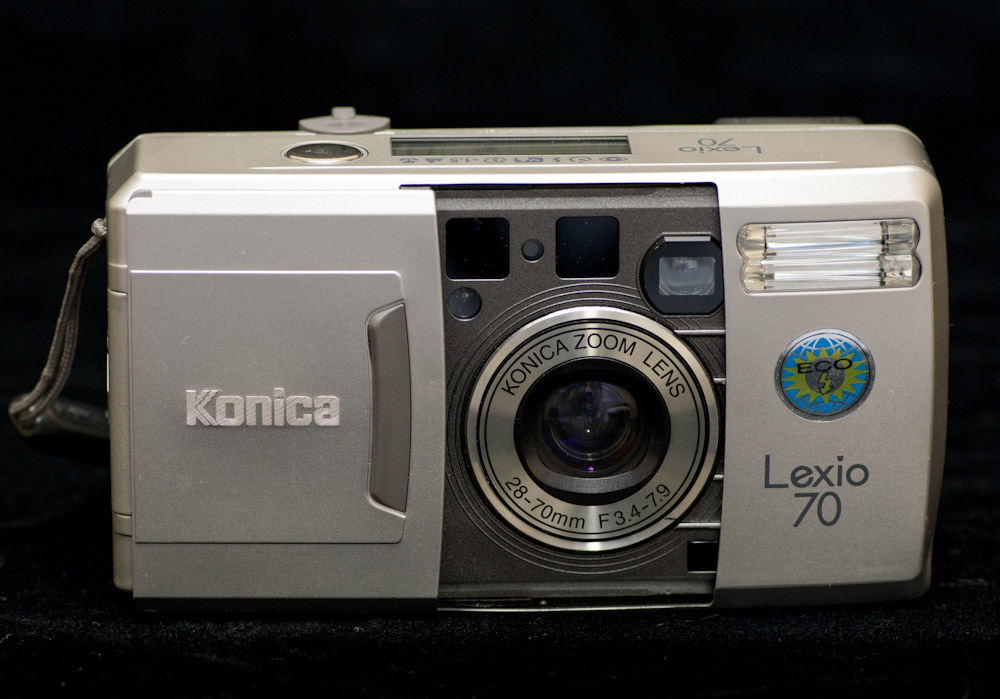
The Konica Lexio 70 was introduced in 2000 and thankfully wasn’t the hope for the new millennium because despite having good specifications on paper it’s let down by a lens that creates images unsafe for viewing. Perhaps not quite that bad but I would include this camera in the Lo-Fi category along with plastic lens cameras just because of the distortion and ugly bokeh
A weird thing about the Konica Lexio 70 is that when it focuses the viewfinder framing changes with the lens focus movement, I can’t tell if the image is captured with the new framing after this change of view. Also a design fault with this camera is the lens cover on/off switch. It performs it’s on off function at the most inopportune time with the slightest movement of the lens cover.
You can see in the following image that the bokeh is horrible, as this is the only Lexio 70 I have to test I don’t want to make any presumptions but I will, I doubt it gets much better. It also has some weird pincushion distortion at the wide end that isn’t even across the frame. I found another persons set on Flickr had the same distortion so I believe it’s a characteristic of the camera. This appears most obviously with straight lines that become stretched upwards towards the edges. This may be caused by the aspherical elements in the lens and is much more dramatic than with a simpler lens design.

What I do like about it is that although it resets to full auto after powering off and on it does remember the last setting you had selected so that when you press the mode button it jumps to that one, which can be any of the eight over rides it provides.

As it affords a 28mm focal length at the wide end, which is somewhat rare in a point and shoot, it’s worth picking one out of the thrift store pile for a couple dollars. That is as long as you know the limitations.
1 comment | tags: camera, film, Konica | posted in Cameras, Photography, Uncategorized
Jun
6
2012
Just some images from my Voigtlander Bessa 46 the“Baby Bessa”. Using these old cameras does make you think about what you are doing. There is no point and shoot nature about it.
As an aside I just had a look on Camera-pedia and saw that the image that is being used for the Bessa 46 is my actual camera. Someone lifted the image from my website and used it, I know this for certain as the metadata of the picture still has the copyright info my Pentax K-7 embeds in each image, besides the fact that well I just knew I had taken it. I wish I could remember peoples names as well as I can remember images I shot.
To keep the circle going here is the image on Camerapedia, I’m linking to it to amuse myself instead of using my own image, well it is mine anyway and the person who used it has since passed away which is a shame because he obviously loved cameras as much as I do.
http://camerapedia.wikia.com/wiki/Voigtl%C3%A4nder_Bessa_66?image=Voigtlander_Bessa_46-jpg
1 comment | tags: Bessa, camera, film | posted in Cameras, Photography
Jun
3
2012
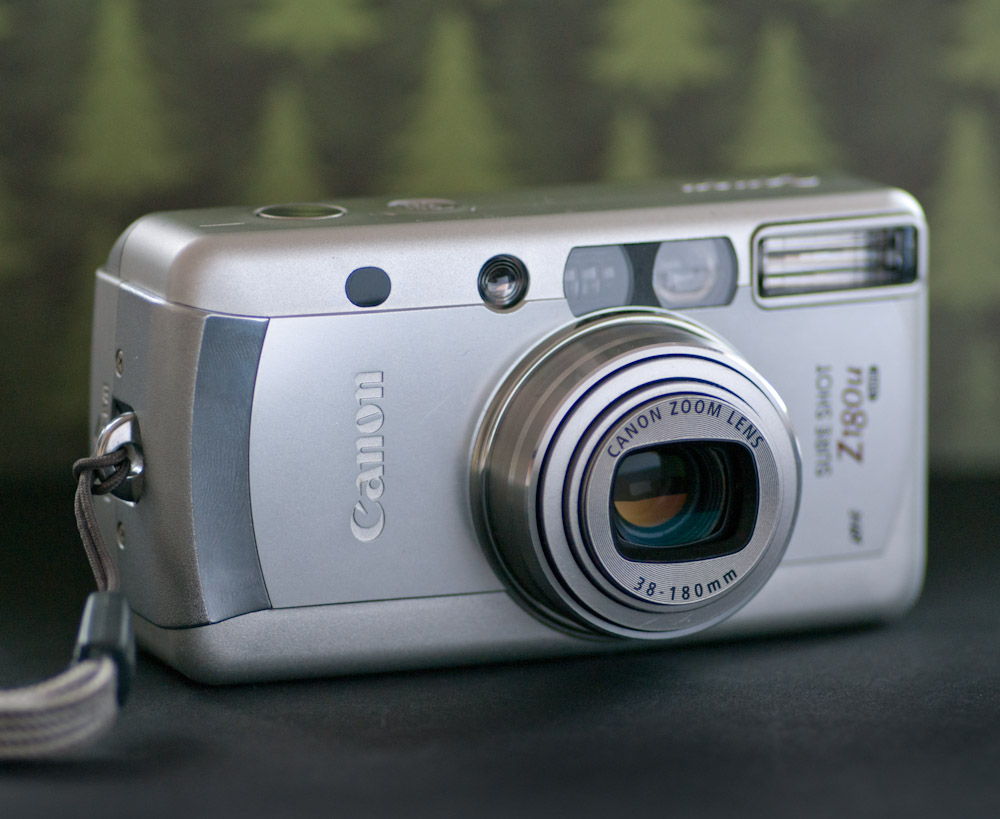
The Canon z180u is an interesting camera for the particular reason that it came out at the end of 2004 a time when it was already apparent that digital cameras were not just the future but the now. This is the same year that I bought my Sony DSC-V3 advanced digital compact, in this case ironically over the Canon G6. So as the top model of the range and nearly the last new film camera it contains many technologically advanced features. Some of these include three point auto focus, an CMOS exposure sensor, two aspherical lens elements and a focus assist lamp. What I like though is something that doesn’t even show up in the specifications, it is extremely quiet. The shutter is quiet the focus is quiet and even the film advance is quiet. In addition when you turn the camera off and on it remembers the last settings, this is important to me as I like to have the flash disabled most of the time.

The lens is a serious compromise though. To be as compact as it is and still provide a 38-180 zoom it is slow as in f5.6 at 38mm and f12.9 at 180mm that’s too bad because it’s an other wise great point and shoot. But just as there has been a mega-pixel race there was a zoom race too and this is the trade off.

no comments | tags: camera, film, P&S | posted in Cameras, Photography, Uncategorized
May
19
2012
In my ongoing persuit of small film cameras with wide angle lenses I’ve found another, the Canon Prima Mini. While slightly larger than the Pentax UC-1 it too has a 32mm f3.5 lens, but is it up to the task of replacing the Pentax?
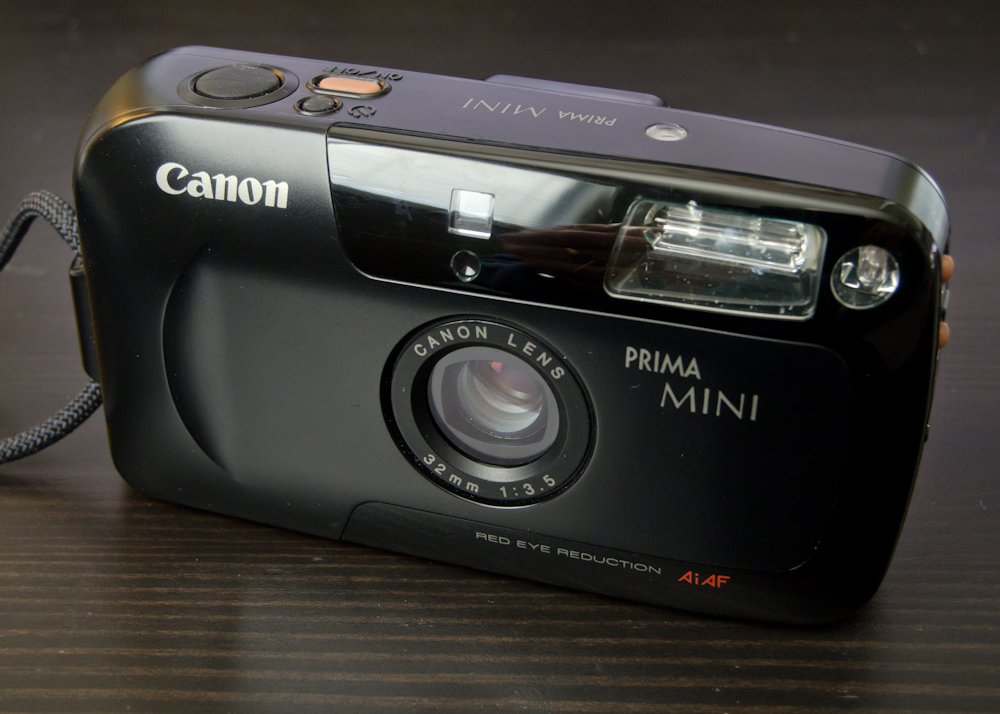
While the various shooting modes of the Pentax UC-1 can be selected prior to taking a picture the limited control of the Canon must be done during the exposure. And that control is limited to overriding the automatic control of the flash either on or off by holding down one of the two flash buttons on the side of the camera. These buttons take a fair amount of sideways pressure which isn’t a great idea for holding things steady, besides the fact that there is no feedback from the camera as to the effect they will have. The flash on button covers both fill, slow speed sync and red eye reduction delay override, depending on the situation but you won’t know that only the camera knows and it’s not telling.
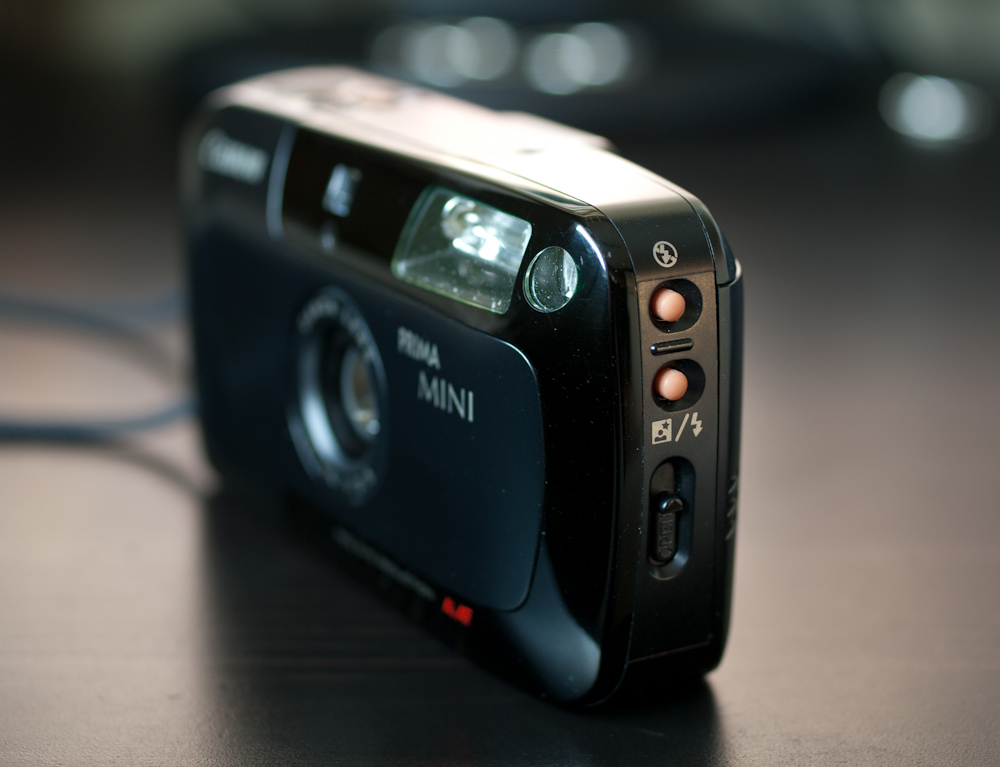
Canon gives a specification for the lens of being 3 elements in 3 groups which to me sounds not so groupish and more 3 elmentish. That’s a pretty simple lens but most distortion can be corrected with those three elements.
So you can probably tell from the tone of my writing that I haven’t declared this camera to be the successor to my Pentax UC-1 and you would be right. It did do a decent job and does have that 32mm focal length lens but it’s lack of control really limit it’s use to snap shottery.
Here are some of the images from this camera, having found out though that this camera also came in white I am sure that would be a better performing and I must seek it out (not really but I’d rather have it in white).
1 comment | tags: camera, Canon, film | posted in Cameras, Photography
May
17
2012
The Canon Sure Shot Tele of 1986 was an attempt by Canon to make a fun camera. And by fun I mean the ability to do multiple exposures and have a built in soft focus filter, what merriment. OK that is more than just take pictures so they should be retro-plauded (Yes I just made that up, the fun is contagious). When I think of soft focus filters I immediately think of the 1980’s so I suppose Canon was right on the money with this one.

The camera has an interesting lens, primarily a 40mm f2.8 and rather than an actual zoom the tele function is a secondary element group that swings into place internally to provide a 70mm f4.9 arrangement. When this happens the front of the camera extends in a manner more reminiscent of a travel trailer room expansion than a camera lens zooming (It’s also slightly noisier). The multiple exposure is implemented by pressing the ME button beside the lens while half pressing the shutter, now when you take the picture the film will not advance. You can repeat this procedure to get multiple multiple exposures and then when you fire the shutter without pressing the ME button the film will advance after that exposure. Did you get that, fun yes?
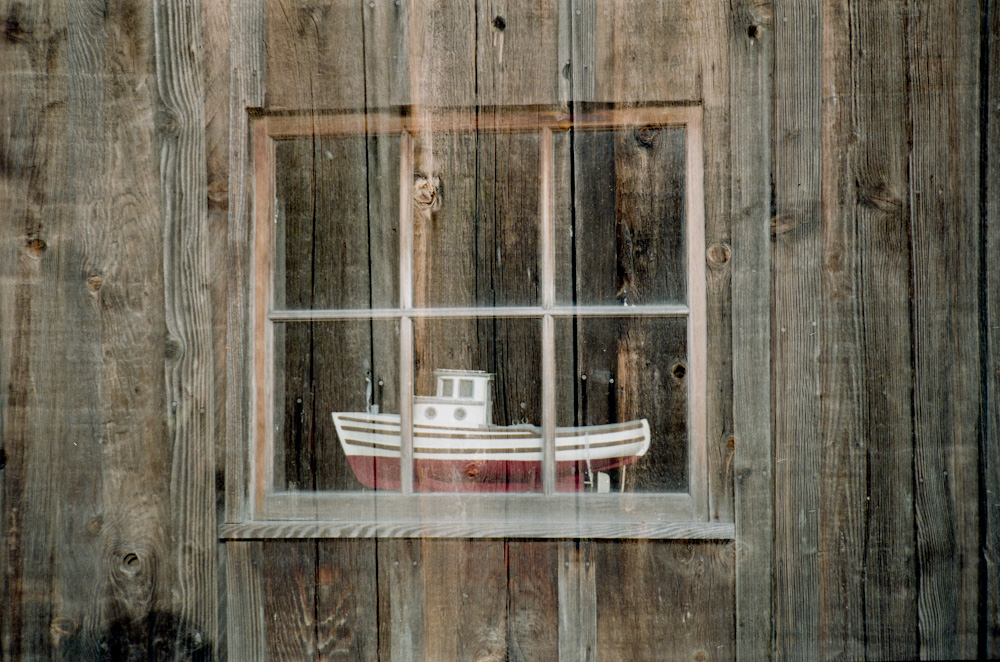
Two image multiple exposure
Now for the coup de grâce, the soft focus filter. This requires even more dexterity as you need to fully deploy the filter against the spring who’s sole job is to swing it back on you. Once you have fought the filter into place you are ready to permanently obscure your subject, in that 80’s glow. The camera also has back-light compensation and manual flash override and the images are OK but with quite a bit of vignetting. It’s also very noisy in all aspects, noisy like hey look out your about to be hit by a travel trailer! However if soft focus filters and multiple exposures are your idea of fun then this camera is for you and your big hair.

Soft Focus filter
no comments | tags: camera, Canon, film | posted in Cameras, Photography
May
13
2012

The Sillette Record is now almost 50 years old so it somewhat amazes to me that the selenium meter works as well as it does. I kept comparing it’s measurements against my Nikon P7000 and it came to a point where I felt I could just trust the meter in this camera and dispense with the double check. The meter itself has no effect on the shutter speed or aperture but by centering the needle either on the top plate window or through the nice viewfinder display you will have a correct exposure.


The focus though is of the zone variety which requires too much thinking I think. Zone focusing works to a degree when you use smaller apertures that give enough depth of field to hide errors in your ability to guess distances but when you use large apertures such as the cameras maximum f2.8 it is unforgiving. Of course you can select distances other than the preset icon distances but it requires turning the camera over to look at the scale on the bottom of the lens, not a quick way to focus and this still relies on your ability to guess the actual distance. The location of the shutter release is also unusual as it is on the side of the lens which forces a different grip compared to the more traditional top right location.

The lens is not that great when shooting wide open but is adequate when stopped down to about f5.6. The out of focus areas in images are rendered quite busily so I think this cameras greatest asset is its utilitarian design, I do like the way it looks. One final point is the film mask has rounded corners as you can see in this scan it’s one more thing that makes shooting with a camera like this so unique.

no comments | tags: Agfa, camera, film | posted in Cameras, Photography



